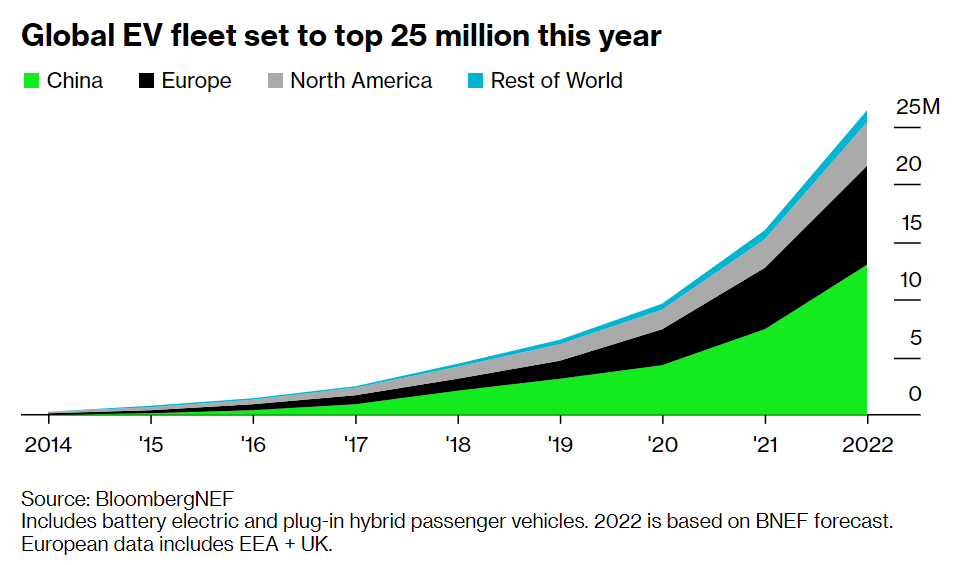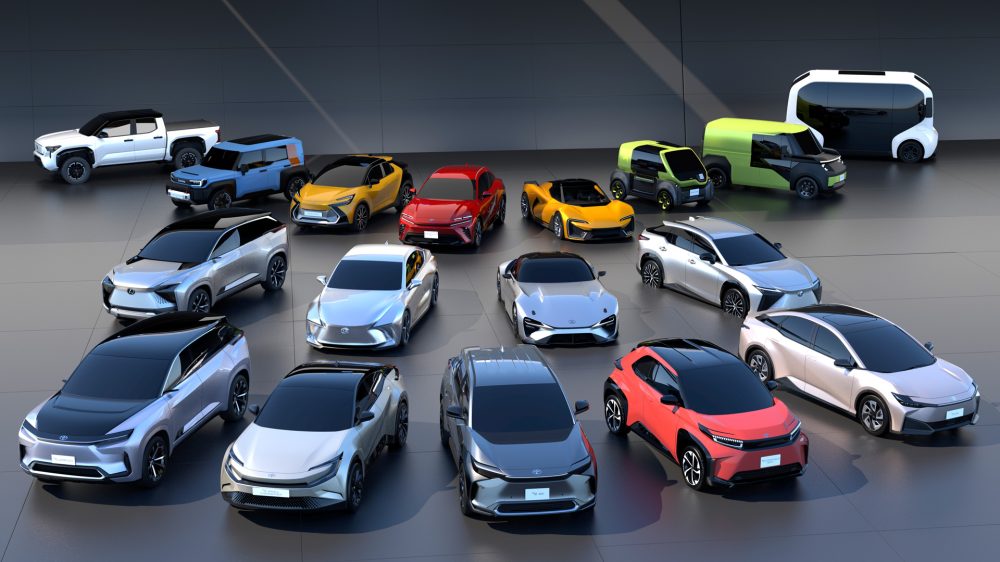
The adoption of electric vehicles is accelerating. According to the BNEF, by the end of next month (June 2022), there will be nearly 20 million EVs on the road. By the end of the year, that number will increase to 25 million. To put that growth into perspective, remember that only one million EVs were driving worldwide only six years ago (2016). Going by the numbers, the world is shifting to green energy exponentially.
Read more: Soaring gas prices make electric vehicles more affordable
So what is driving this surge in sales? More automakers are shifting to electric due to policy support, better battery technology, and cost, and more charging infrastructure being built. For instance, the price of lithium-ion batteries decreased by 13% in 2020. Micro-mobility is still the largest demographic of EVs. Two and three-wheelers accounted for 44% of EV sales in 2020 compared to cars, only accounting for 1%. But those ratios are soon to change.
2025 will be the big change
As you can see from the featured graphic, China accounts for the largest portion of EV sales, followed by Europe. China also accounts for the bulk of two-wheeler electrification, but sales are snowballing in Taiwan, Vietnam, and India. As that market saturates, the 12 million four-wheeled passenger EVs on the road will more than quadruple to 54 million by 2025.

Plug-in hybrids have been helping the transition, being both gas-powered and electric. There is a sizable 5.3 million plug-in hybrids worldwide. Europe accounts for most of them due to its stringent targets for reducing carbon. But as technology improves and gas becomes more expensive, the hybrid will likely fall out of use as all-electric models become more available.
All in all, there is now one EV added to the global fleet every three seconds. Oil companies didn’t expect to see such a stark increase until 2035. Yet, the latest estimates indicate 70 million EVs by 2025 — a full ten years ahead of schedule. The next few years will see drastic shifts in EV adoption. Despite the progress made, it’s a considerable task to convert the world’s vehicle fleet to electric, and there is still a long way to go. But the momentum is undeniably building.